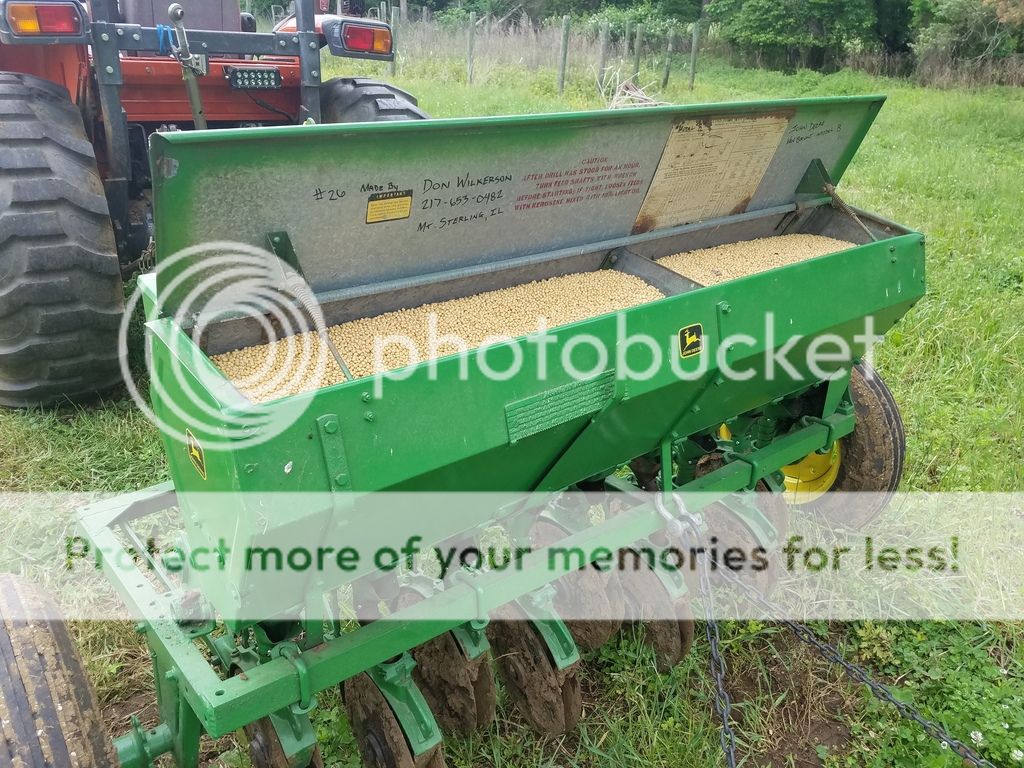Its amazing the difference between here and there, personally I think that corn done right, has a huge potential for food plotting. I realize that some think its too expensive, and because I have access to expensive seed for free that it changes my line of thinking a bit. But considering that, as a whole, the state of Nebraska lacks the amount of cover that alot of other states have, corn does double duty as both cover and food for me, especially during the winter months which can be pretty hard here with bitter cold, windchills that dip in the double digit negatives fairly regularly, and anywhere from 0-5' of snow.
Big bucks loooove to bed in stand corn, its thick and its hard to walk through without making some kind of noise, so they love it. Its not uncommon for guys to carry a rifle in the combine with them during deer season, and Ill bet youd be suprised how many have been shot from the platform of one. I chased the buck I shot last season out with a combine, he ran out, then bedded back down in the pasture by the field, after we finished filling everything for the next day we went out and put a stalk on him and got me a nice 138" (gross) 4x5. A few years ago after rifle season we we combining and chased a buck out that when he was running down the rows he had to cock his head a bit because his rack was too wide to fit between the rows of corn, we plant in 36" rows. I thought there was something wrong with him because of the way he was running, until I got to the end and finally got a look at him, it was probably the biggest or second biggest deer Ive ever personally seen alive.
Corn planted fairly thin (as far as corn for production is concerned) will stand up to some pretty strong straight line winds, weve seen 70mph winds only knock over the outside few rows a little. It will also catch alot of snow if left to stand, even harvested fields catch alot of snow, not a big deal for you guys that get plenty of rain in the summer, but for us, we live and die with the moisture, good rains at the right time and its some of the prettiest country youll ever see, no rains, like in 2012 and its like a desert, so the more free moisture we can catch the better our chances are. Right along with that, standing corn, besides being the best winter feed a deer can get, is sometime the easiest to, that ear is right at a deers level, they can eat it when everything else is buried in snow.
Sorry for the rant on corn, Ive got some great ideas that I think will really change the way people look at corn as a food plot species. Watch for a thread on it later this year hopefully

